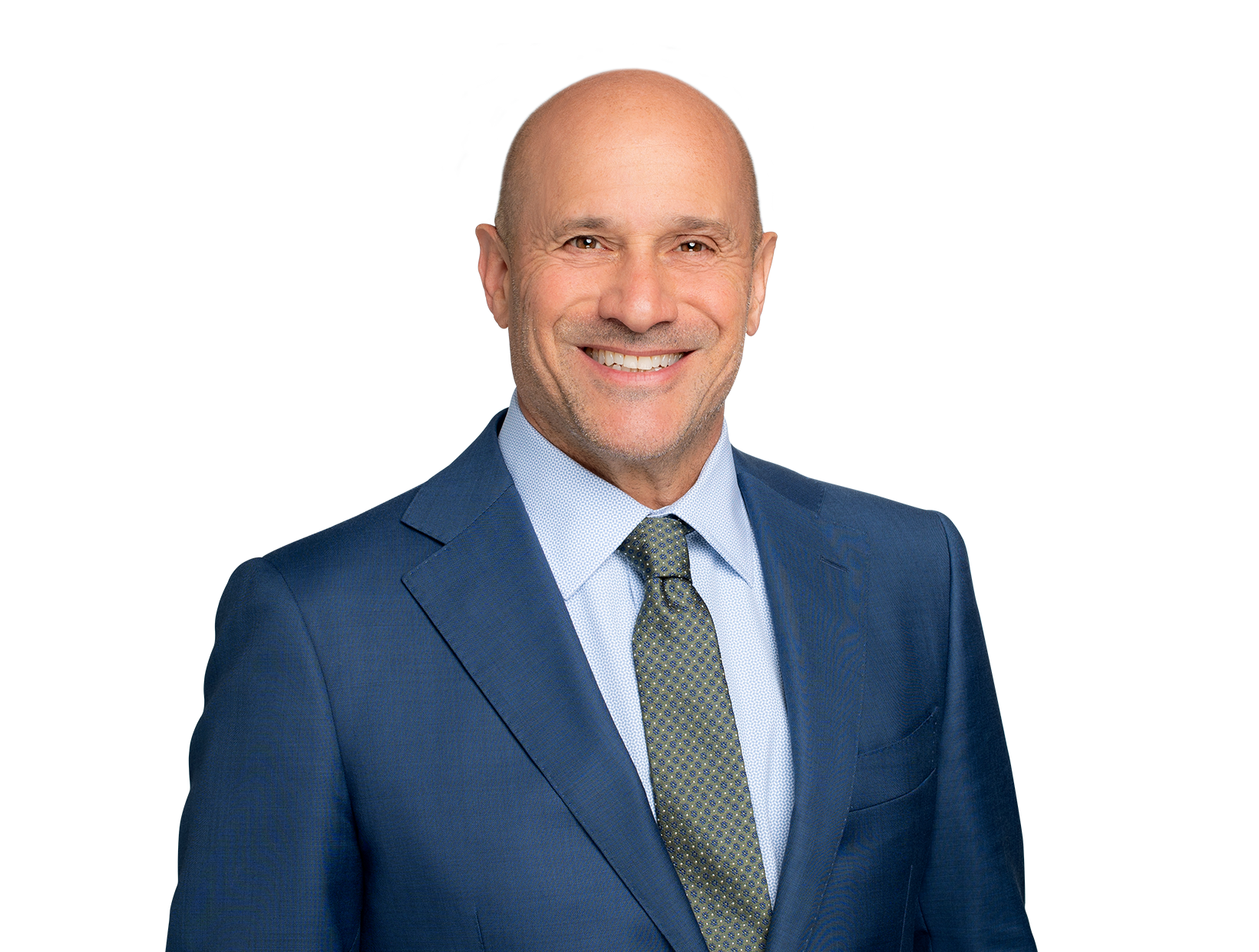Blog
NDCA addresses lump sum/EMVR and comparable licenses
Fish & Richardson
Authors
-
- Name
- Person title
- Principal

On September 6, 2013, Magistrate Judge Grewal of the Northern District of California issued an opinion in HTC Corp. v. Technology Properties Ltd., Case No. 5:08-cv-00882 PSG (Doc. No. 563), addressing a Daubert motion filed on the eve of trial to strike the patentee's expert's damages testimony. (Note the parties are reversed from the standard order: HTC was accused of infringement, and TPL was the patentee.) HTC argued that TPL's damages expert (Dr. Stephen Prowse) had made two errors: (1) he used a lump sum royalty to avoid the EMVR; and (2) the license agreements on which he relied were not comparable. The court denied the motion. At the outset, Judge Grewal made a couple interesting comments about the state of Daubert motions and evolving damages theories:
Slip op. at 1 (citing in footnote 1: Dynetix Design Solutions Inc. v. Synopsys Inc., 5:11-cv-05973-PSG (N.D. Cal. Aug. 22, 2013) (Doc. No. 564)).
The court noted that the patentee (TPL) "seize[d] upon a particularly interesting section" of LaserDynamics in which the court suggested "that in certain cases, the record might support a relatively straightforward way to avoid the restrictions of the entire market value rule in a Section 284 reasonable royalty analysis: a lump sum payment." Slip op. at 2. Dr. Prowse examined the 100 or so licenses entered into by TPL for the patents-in-suit. He offered the opinion that HTC, like the licensees in those other agreements, would have agreed to a lump sum payment. The court described HTC's argument as follows:
Slip op. at 3 (footnote 5 omitted).
The court next turned to how Dr. Prowse had arrived at his lump sum number. According to the court, Prowse reasoned that, when TPL and its licensees entered into a deal, they would estimate the anticipated revenue of the entire licensed product in arriving at a lump sum number. The court stated, with this evidence in the record, it could not hold that Dr. Prowse's estimate was so unreliable as to violate FRE 702. The court also cited Lucent for the proposition that an expert may opine on the magnitude of the lump sum payment by estimating total royalty based on a running royalty on the accused product as a whole. (Citing Lucent, 580 F.3d at 1327.) The court also opined that the Federal Circuit has not required EMVR to be satisfied in such a case.
Finally, the court cited evidence in the record that TPL and its licensees did enter into lump sum licenses where the amount was estimated from total sales. Slip op. at 4 (see footnote 9: "The court appreciates that LaserDynamics appeared to limit its endorsement of lump sums to those not calculated as a percentage of any component or product. LaserDynamics, 694 F.3d at 70. But the Circuit did not retreat from its broader suggestion in Lucent, and nothing else suggests that the Circuit would not further endorse, lump sums calculated on such a base where as here, the record includes real world evidence of precisely this methodology."). Second, the court noted that TPL could not use licenses that "bear little resemblance to the hypothetical license in terms of patents licensed and field of use." Id.
The court also discussed the alleged comparability of the proferred licenses:
Slip op. at 4 (footnotes omitted).
The opinions expressed are those of the authors on the date noted above and do not necessarily reflect the views of Fish & Richardson P.C., any other of its lawyers, its clients, or any of its or their respective affiliates. This post is for general information purposes only and is not intended to be and should not be taken as legal advice. No attorney-client relationship is formed.